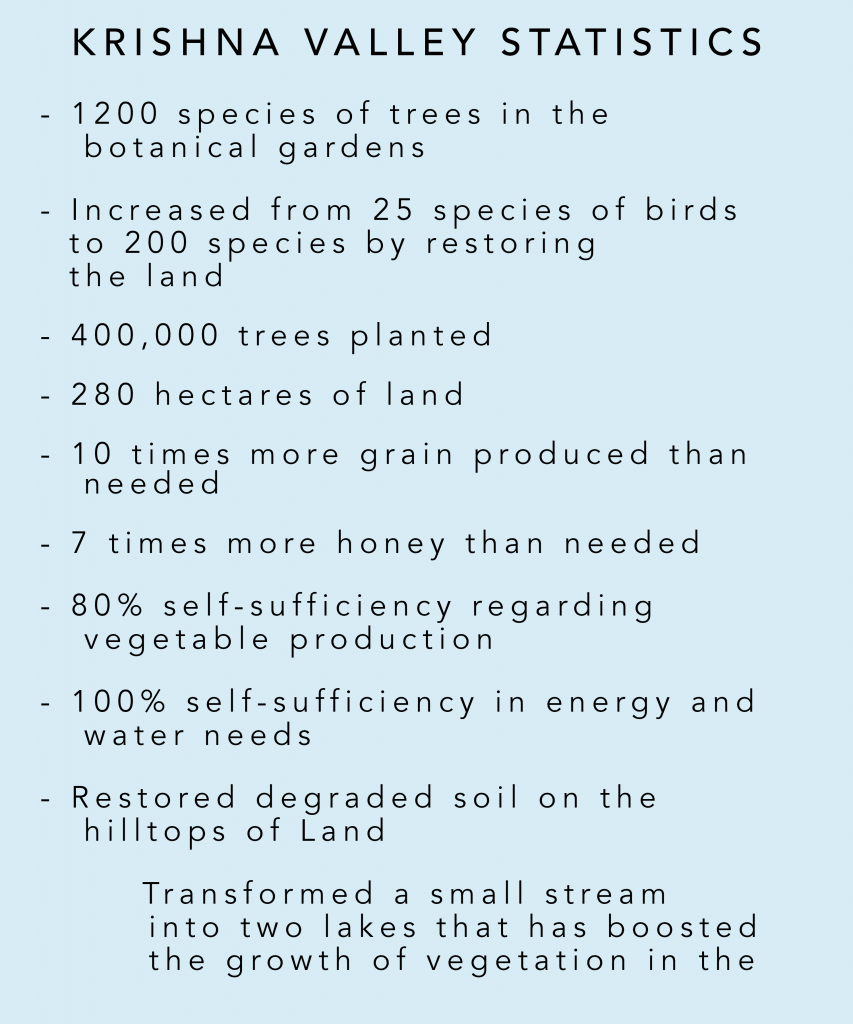
Environment
Climate change is a direct threat to a child’s ability to survive, grow, and thrive.
As extreme weather events such as cyclones and heatwaves increase in frequency and ferocity, they threaten children’s lives and destroy infrastructure critical to their well-being. Floods compromise water and sanitation facilities, leading to diseases such as cholera, to which children are particularly vulnerable

Droughts and changing global rainfall patterns are leading to crop failures and rising food prices, which for the poor mean food insecurity and nutritional deprivations that can have lifelong impacts. These also have the potential to destroy livelihoods, drive migration and conflict, and cripple opportunities for children and young people.
Children are the most vulnerable to diseases that will become more widespread as a result
The drivers of air pollution are the same as those of climate change. Approximately two billion children live in areas where air pollution levels exceed standards set by the World Health Organization (WHO) ─ causing them to breathe toxic air and putting their health and brain development at risk. Every year, over half a million children under the age of 5 die from air-pollution-related causes. Even more will suffer lasting damage to their developing brains and lungs.
Pneumonia remains the leading infectious cause of death among children under 5, killing approximately 2,400 children a day. Child deaths caused by pneumonia are strongly linked to undernutrition, lack of safe water and sanitation, indoor air pollution and inadequate access to health care ─ all challenges that are exacerbated by climate change.
The prolonged heatwave in Siberia from January to June, which pushed overall temperatures 5 degrees Celsius (9 degrees Fahrenheit) higher than normal, would have been “almost impossible” if not for human-caused climate change, a new study has found.Temperatures in Siberia have been above average since the beginning of the year, with the Russian town of Verkhoyansk recording a temperature of 38 degrees C (100.4 degrees Fahrenheit) in June — a record temperature for the Arctic.The heat in the vast Russian region triggered widespread wildfires in June, associated with an estimated 56 million tons of carbon dioxide — more than the annual emissions of some industrialized nations like Switzerland and Norway.

The Russian whistleblower risking it all to expose the scale of an Arctic oil spill catastrophe The heat in Siberia has also accelerated the melting of permafrost. An oil tank built on the frozen soil collapsed in May, leading to one of the worst oil spills ever in the region. In a rapid attribution study released Wednesday, a team of international researchers found that the prolonged heat like the Arctic region experienced this year would only happen less than once in every 80,000 years without human-induced climate change.This, researchers said, would make such an event “almost impossible” in a climate that had not been warmed by greenhouse gas emissions. An oil tank built on the frozen soil collapsed in May, leading to a major spill in the region.Scientists found that climate change increased the chances of prolonged heat by a factor of at least 600, and warned that greenhouse gases released by the fires and melting permafrost will further heat the planet, and decrease the planet’s reflectivity from loss of snow and ice.close dialog
Receive Fareed Zakaria’s Global Analysisincluding insights and must-reads of world newsActivate Fareed’s BriefingBy subscribing you agree to ourprivacy policy.
